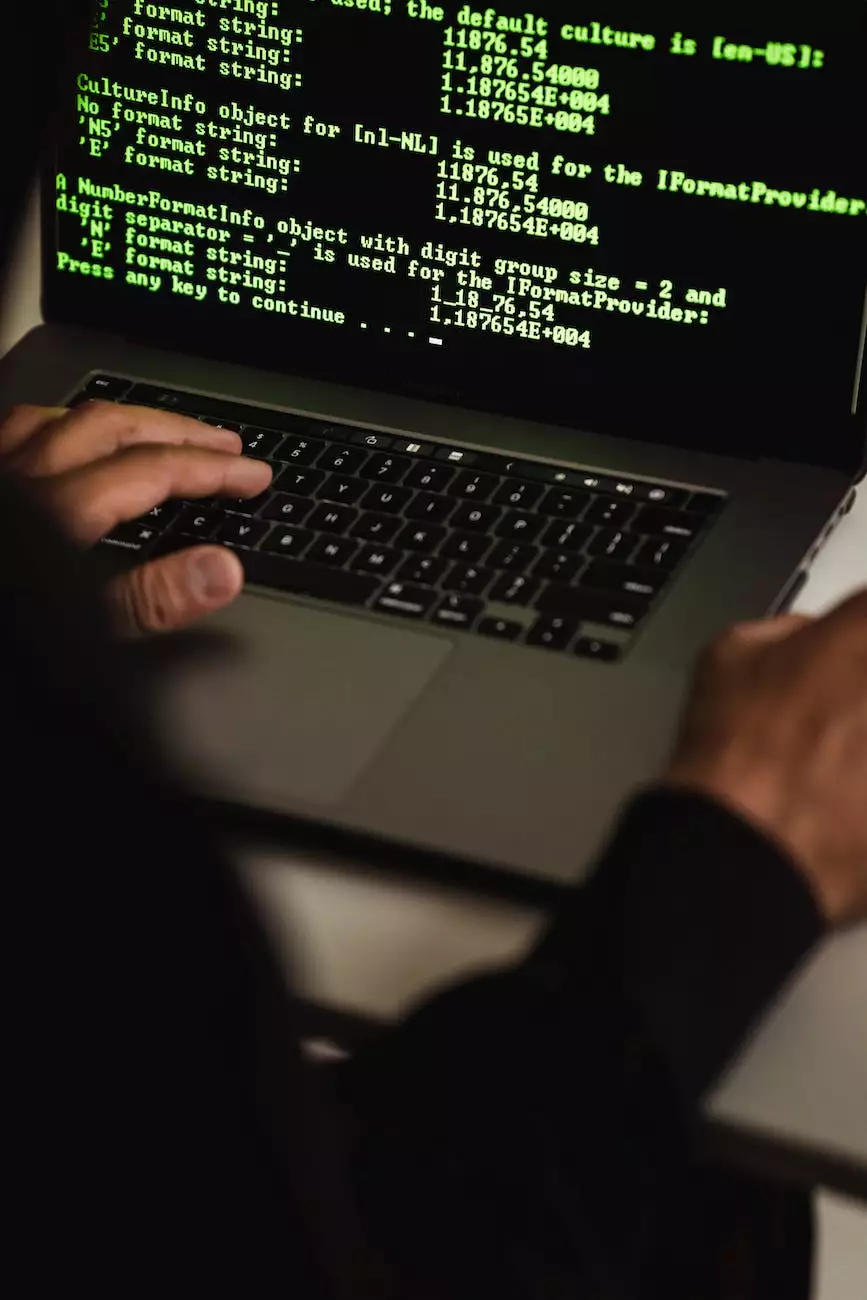Geofences Can Make Good Neighbors

Welcome to Beyond Digital Graphix, where we specialize in arts and entertainment, with a strong focus on visual arts and design. In today's competitive world, businesses need to stay ahead of the game and employ innovative strategies to stand out. One such strategy that has proven to be highly effective is geofencing.
What is Geofencing?
In simple terms, geofencing is the use of virtual boundaries and location-based technology to trigger specific actions when a device enters or exits a designated area. These boundaries, known as geofences, can be as small as a store location or as large as an entire city.
How Does Geofencing Work?
Geofencing technology relies on GPS, RFID, Wi-Fi, cellular data, or a combination of these technologies to detect a user's location. When a device enters or exits a predefined geofence, it can trigger various actions, such as sending push notifications, displaying targeted ads, collecting valuable data, or even offering exclusive deals to potential customers.
The Power of Geofencing for Businesses
Geofencing offers businesses an incredible opportunity to connect with their target audience in a highly personalized and tailored manner. By harnessing this technology, businesses can:
- Increase Foot Traffic: Geofencing allows businesses to send targeted messages to potential customers when they are in close proximity to the store, encouraging them to visit and make purchases.
- Enhance Customer Engagement: By using geofencing to send personalized notifications, businesses can keep customers engaged and build long-term loyalty.
- Improve Marketing Effectiveness: Geofencing allows for targeted and timely delivery of marketing messages, ensuring that businesses reach the right people at the right time.
- Collect Valuable Data: By analyzing geofence-triggered interactions, businesses can gain valuable insights into customer behavior and preferences.
- Drive Sales: Geofencing enables businesses to send exclusive deals and promotions to customers based on their location, increasing the chances of conversion.
Key Strategies for Successful Geofencing
While the concept of geofencing may sound straightforward, implementing an effective strategy requires careful planning and execution. Here are some key strategies to consider:
1. Define Your Geofence
Start by clearly defining the boundaries of your geofence. Consider factors such as the proximity to your store or event, the size of the area, and the target audience you want to reach.
2. Develop Relevant and Compelling Offers
Your geofencing campaigns should offer something of value to the customer in order to entice them. Consider special discounts, exclusive products, or personalized recommendations based on their location and preferences.
3. Personalize Your Messaging
Ensure that your notifications and messages are highly personalized and relevant to the individual receiving them. Tailor the content based on their location, past interactions, and preferences to increase engagement.
4. Optimize Timing
Timing is crucial in geofencing. Send messages at a time when customers are most likely to be receptive, such as during store opening hours or when they are in the vicinity of your business.
5. Analyze and Refine
Regularly analyze the data collected through your geofencing campaigns to understand their effectiveness. Refine your strategies based on the insights gained to continuously improve your results.
Conclusion
In the realm of arts and entertainment, visual arts, and design, geofencing can be a game-changer for businesses. At Beyond Digital Graphix, we understand the power and potential of this technology. Let us help you harness the benefits of geofencing to drive foot traffic, engage customers, and enhance your marketing efforts. Stay ahead of the competition and make geofencing your secret weapon in today's digital landscape.










